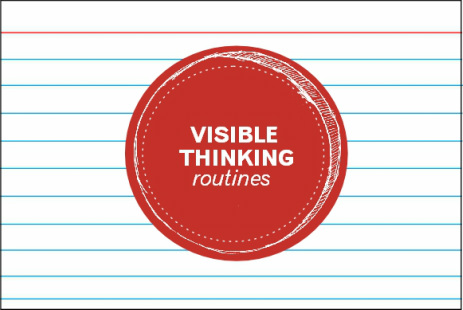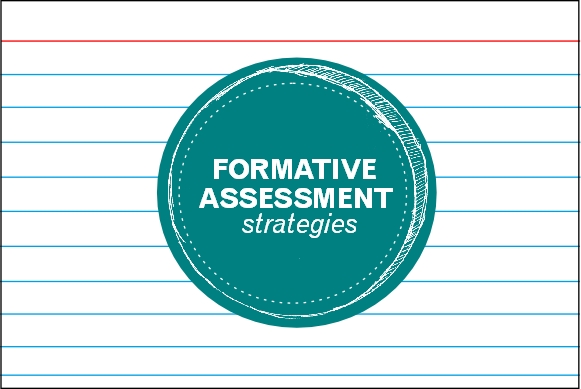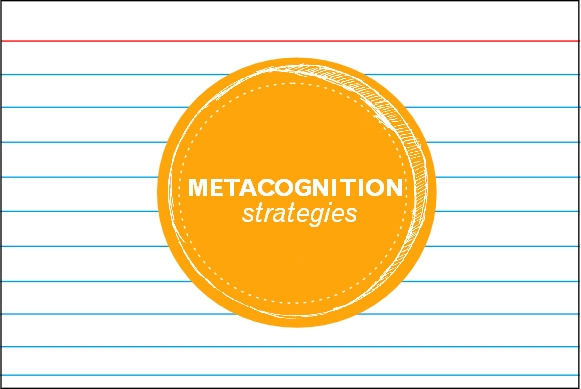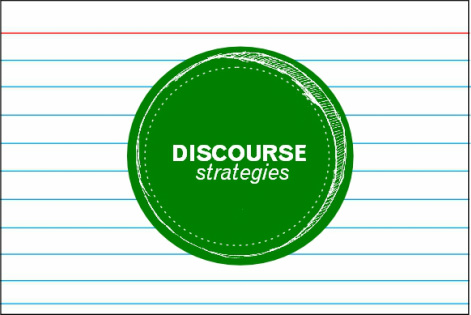
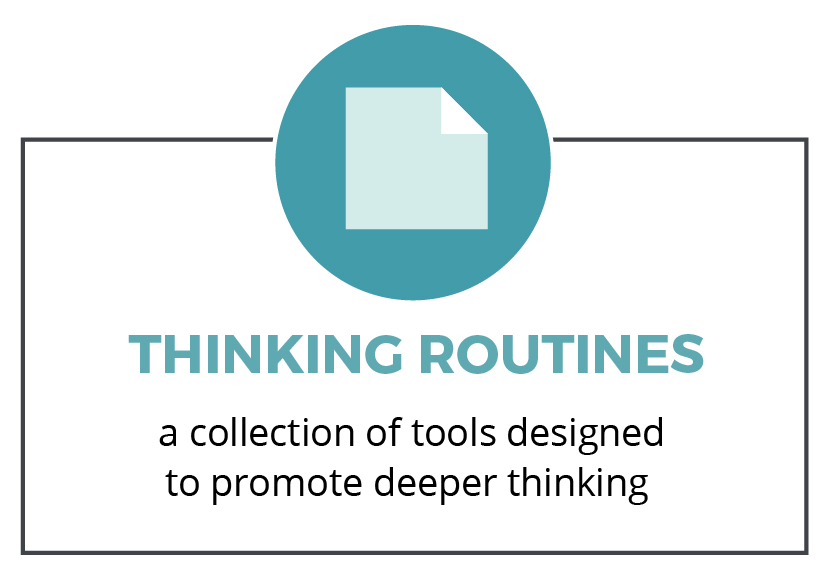
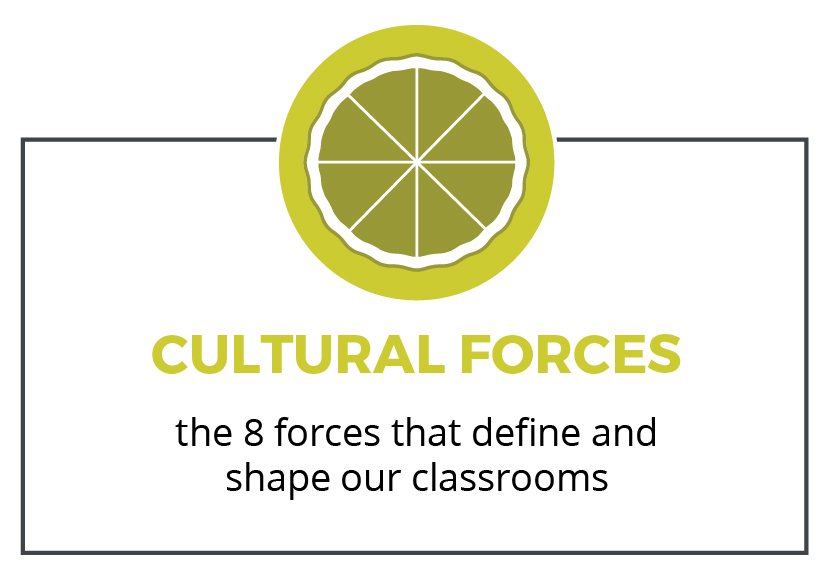
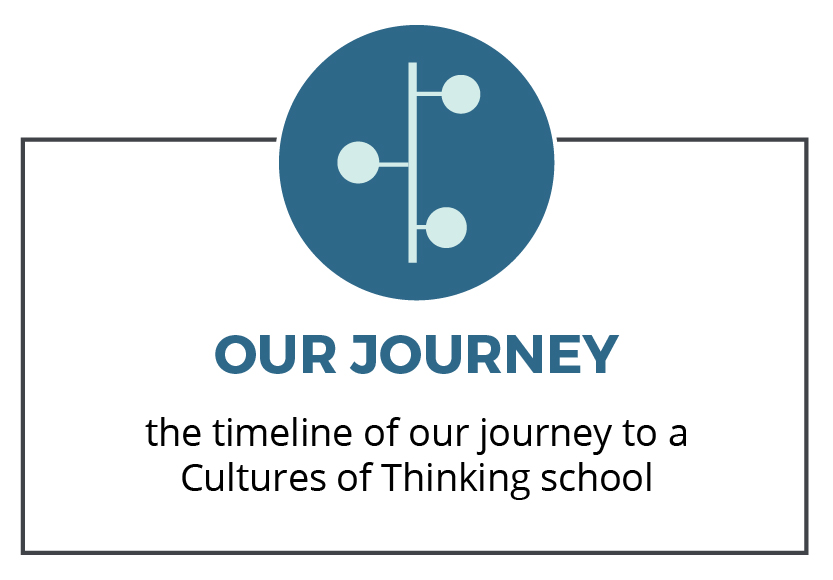
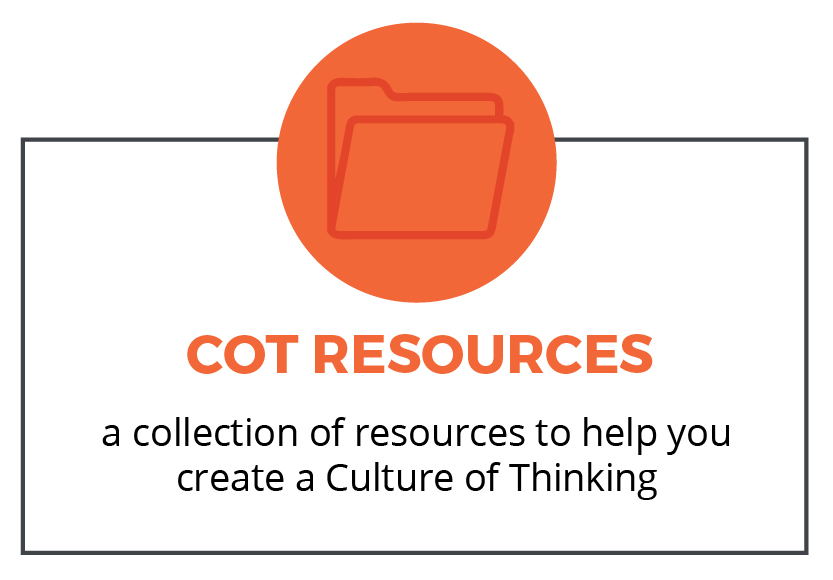


Testimonials
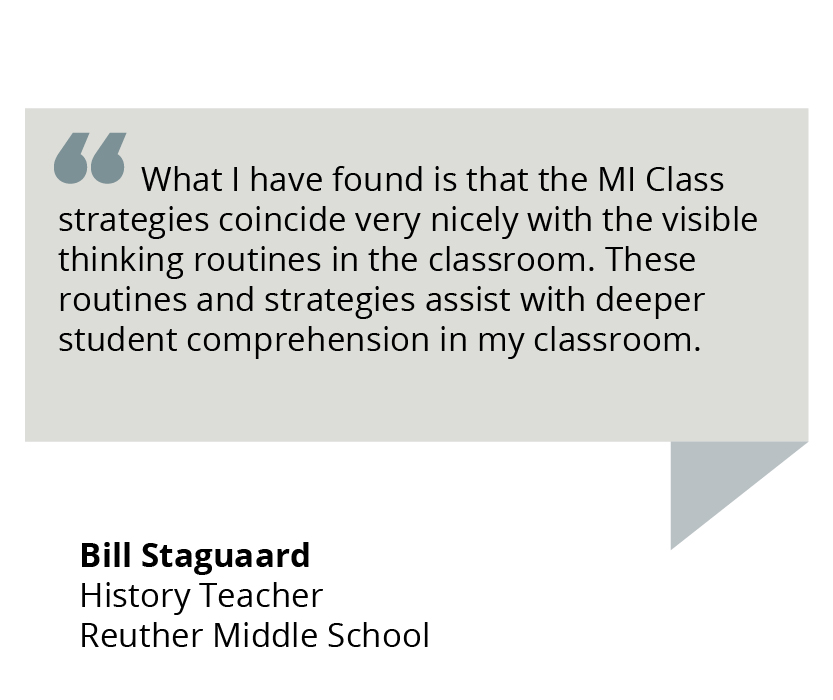
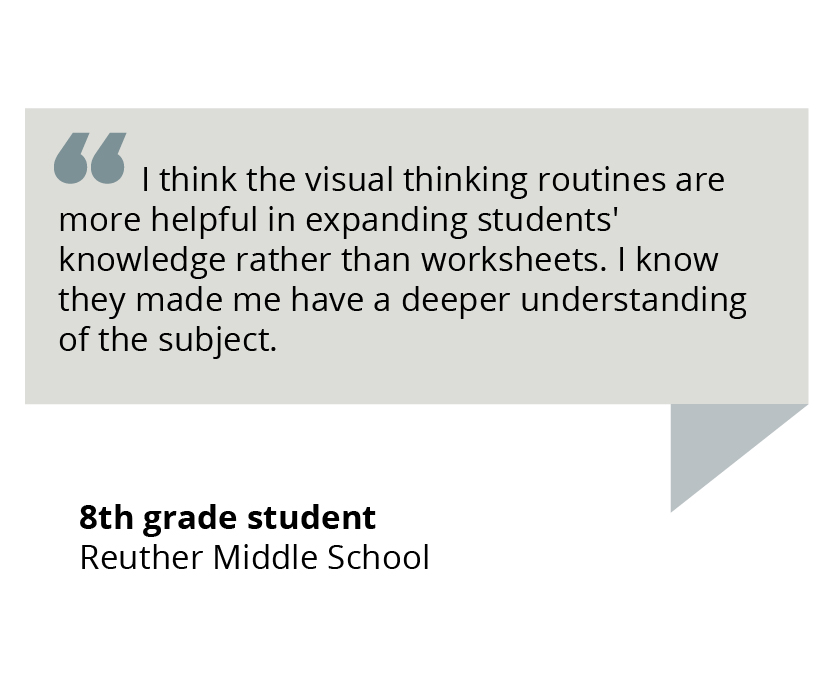
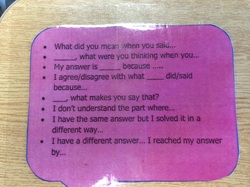
Math Question Starters
These math question starters are on each desk in my classroom, and provide students assistance in asking a question or adding to the discussion. Rather than saying “I’m confused” some of the question starters help students to be specific about the help they need. Other question starters encourage students to analyze another student’s work, and share another strategy with the class. These question starters provide a rich discourse and also help students receive clarification
Interested in adding this creative idea in your classroom? Click here to go to the Language page and download a copy of question starters.
Natalie James, Math Teacher
Reuther Middle School
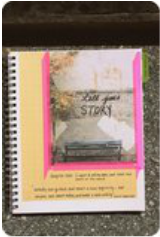
VT Photo Journal
Clarkston High School staff members are creating a Visible Thinking Photo Journal as a way to document their classroom’s transition to a Culture of Thinking classroom. Not only can students refer to the journal throughout the school year when needed to reflect on past dialogues, but the staff has found it to be a great resource for teacher evaluation documentation as well as a document that can be used to guide future planning.

MTV Drawer
I keep a “MTV drawer” in my room with folders of each routine. In each folder is 35 copies of the routine templates (when applicable). I find that a lot of these routines work for me as an “a ha” moment where I say, “Hey…this routine would work great with this”.
With the folders there, I always have enough ready for one class at any time and then can make more copies for my other classes in between hours if needed. Also, on the front of each folder I have a place where I write “ideas and uses” for that routine. That way next year I know when I used the routines and then either star them (if it worked well) or can cross it off if it didn’t work for that lesson. I just started this recently, and so far, I really like it.
Kim Dyas, Science Teacher
Reuther Middle School

Daily Notes with VT
Daily Notes and Weekly Newsletters are sent out as a way of communicating with parents and students what is going on in the class. I have begun to include the Visible Thinking Strategies that we use because it lets the parents know that critical thinking is a very important part of World Studies 7 and these are the strategies we will be using to improve our critical thinking skills.
Nick Klak, Social Studies Teacher
Reuther Middle School

Annual Moving Learning Forward Conference
Rochester Community Schools’ annual Moving Learning Forward all-district professional development day.
Rochester Community Schools hosted an its second annual Moving Learning Forward all-district professional development day on Wednesday, September 2, 2024. The day opened with a motivational talk from keynote speaker Dr. Adolph Brown. Following that, Rochester Community Schools colleagues presented on a variety of relevant and engaging topics during breakout sessions. Additionally, staff members attended a mini-keynote session from superintendent, Dr. Robert Shaner, on the Strategic Plan.

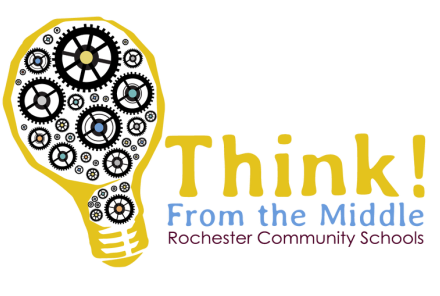
Think From the Middle Conference
The four middle schools in the Rochester Community Schools –
Hart Middle School, Reuther Middle School, Van Hoosen Middle School, and West Middle School – participated in a collaborative professional development centered around Visible Thinking during the afternoon on March 4, 2024.
Hart Middle School, Reuther Middle School, Van Hoosen Middle School, and West Middle School – participated in a collaborative professional development centered around Visible Thinking during the afternoon on March 4, 2024.

Our Journey

HART MIDDLE
SCHOOL JOURNEY

REUTHER MIDDLE
SCHOOL JOURNEY

ROCHESTER HIGH
SCHOOL JOURNEY

VANHOOSEN MIDDLE
SCHOOL JOURNEY


